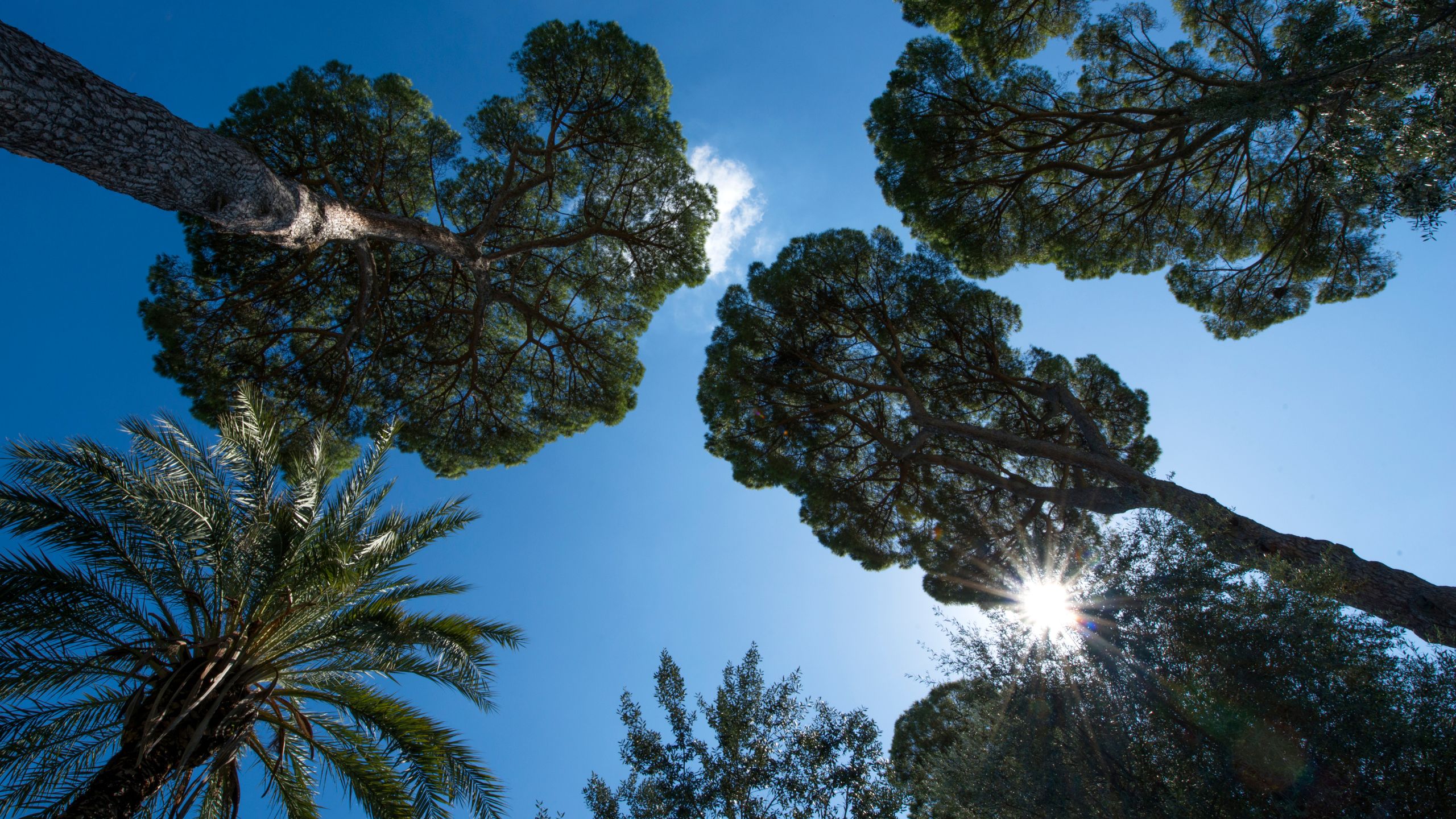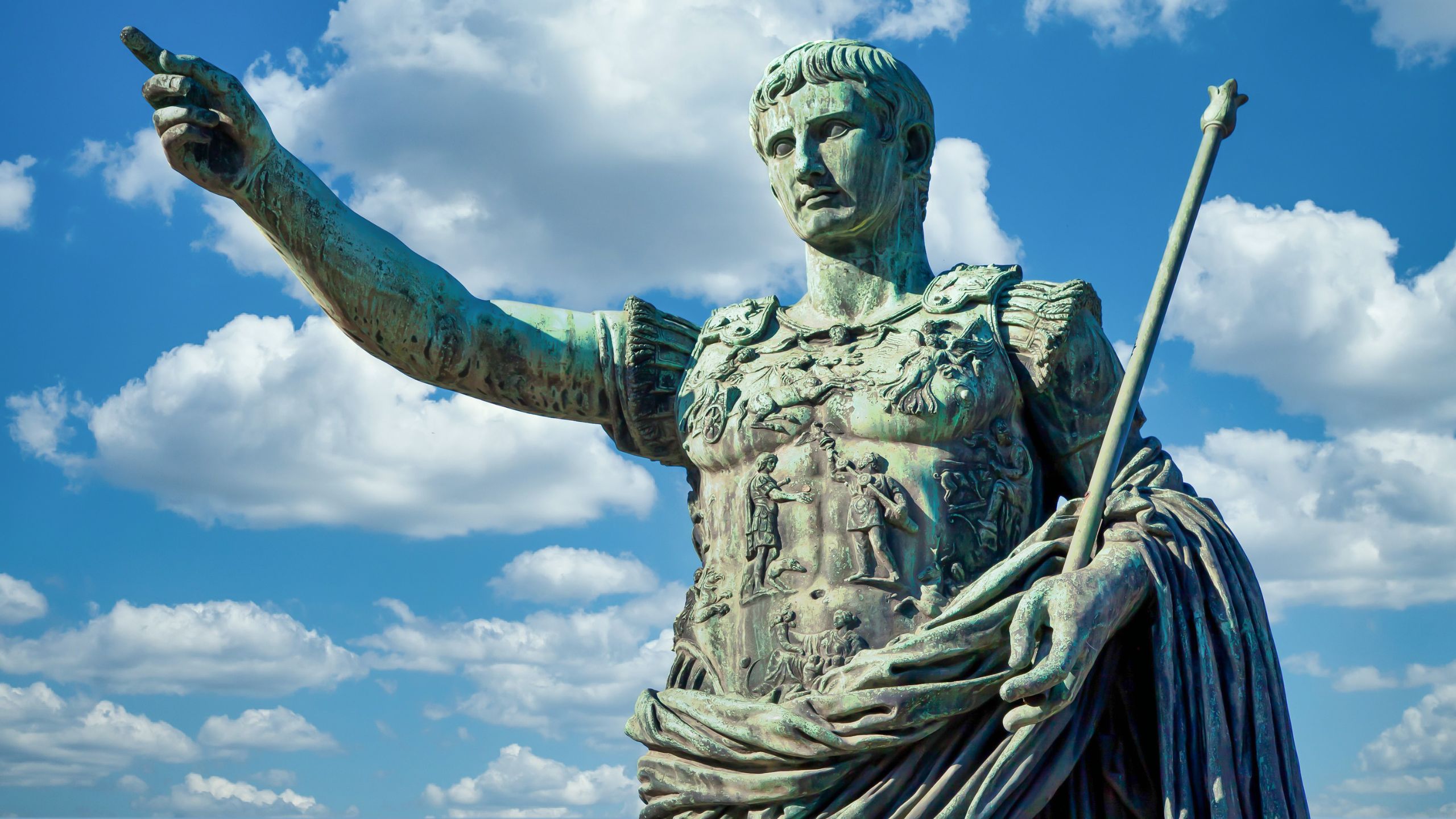A Stroll through Rome: An Immersive Seamless Experience
Exploring Rome is an immersion in a timeless city, where every corner reveals a fragment of history that tells the past and present of this place. The Eternal City is an authentic open-air museum, an experience of continuous discovery in which a year would not be enough to embrace every nuance. Despite not being one of the largest metropolises, Rome is certainly one of the most complex: inhabited since the dawn of time, it is interwoven with stories and legends that are lost in myth. Therefore, being transported by this city, where getting lost is never a mistake, is the only way to deepen its essence.
Exploring Ancient Rome: Among the Iconic Monuments and Hidden Gems of the Eternal City
Visiting Rome is an experience that reveals itself as a journey in the journey. You need to select routes and identify areas to explore, but never limit yourself to a specific programme. Taking the Colosseum as an example, there is an enchanting world to discover in its entirety. This symbol of Rome, also known as the Flavian Amphitheater, is the largest amphitheater in the world and represents a majestic testimony of ancient Rome that has endured to this day. You can visit it internally every day with the assistance of a guide, but also admire it from the outside offers a unique charm, especially along Via dei Fori Imperiali, one of the most famous streets in the world for its beauty. Not far away, you can admire the remains of the four Forums, recognizable thanks to copies of the original statues of the emperors that decorated them. Among them, the most impressive is the Forum of Trajan, the second on the right coming from the Colosseum, immediately after that of Augustus. Continuing seamlessly from via dei Fori Imperiali towards the Colosseum, you reach the Circus Maximus, a huge structure dating back almost to the founding of the city, dedicated to horse racing. With its 600 meters long and 140 meters wide, it is the largest building in the world entirely dedicated to shows. According to tradition, it is here that Romulus organized the first games in honor of the God Consus. The Circus Maximus is not the only circus of Ancient Rome, but it is the oldest and largest of all, as well as the only one located within the Aurelian Walls. Another example is the Circus of Maxentius, located along the Appia Antica at the third mile of the street, which seems to have never been used because of the premature death of Emperor Maxentius during the battle of Ponte Milvio, by Constantine I. From the Circus Maximus, you can admire the remains of the imperial palaces located on the Palatine, one of the seven hills of Rome, considered the birthplace of the city itself. Recent excavations have unearthed dwellings dating back to 1000 B.C. The Palatine played a key role during the imperial era, becoming the residence chosen by Emperor Augustus, whose residential building can be admired on the southwest side of the hill. Augustus was only the first of a series of emperors who chose the Palatine as their residence, also inspired by nostalgic motives linked to his birth. Later, other emperors, such as Tiberius, Nero, Septimius Severus and the Flavian dynasty, built sumptuous monumental villas on the hill, transforming it into a unique imperial complex, consisting of magnificent gardens and palaces. From this hill comes also the common term "palace", from the Latin Palatium, which was the original name of the hill. Behind the Circus Maximus, separated from it by Colle Celio, there are the Baths of Caracalla, another imposing monumental complex located on the Aventine, at the beginning of Via Appia. 
Discovering Hidden Treasures and Secret Corners
Rome is famous for its monuments of Ancient Rome, but this city is much more than an open-air museum. Fortunately, there are also aspects of Rome that remain unknown to most visitors, little secrets hidden in the heart of the city, wrapped in a fascinating aura of mystery. Among the most evocative and less known corners of Rome, there is the Clivo di Scauro, reachable on foot from the Circus Maximus. This ancient climb leads to Colle Celio and has maintained its structure unchanged over the millennia. The brick arches that adorn the initial stretch are part of the Roman Houses of Celio, less famous than the imperial palaces of the Palatine, but equally fascinating. It is said that Saints John and Paul lived here, and on top of the hill there is a church dedicated to them. Continuing the walk in the heart of Rome, the Vicolo della Spada d'Orlando is worth a visit, a street whose curious name hides a precise meaning. There are two legends related to the trunk of a broken column, both linked to the legendary Durlindana sword of Orlando Furioso. It is not known for sure if the column was broken by the paladin of Charlemagne, but what is evident is the clean cut that crosses it. This column is probably what remains of the Temple of Matidia, built by Hadrian in 119 AD.
But it is not only the treasures visible on the surface that make Rome unique, even its subsoil is rich in wonders. While visiting the Eternal City, there are numerous underground routes to explore. What we see today is often the result of stratifications over the centuries and millennia, but under Rome there is another city, with remains of ancient streets and buildings that emerge frequently from archaeological excavations. One example is the brand new San Giovanni Metro Station, which has been integrated into preserved and protected old buildings, transforming the station almost into a museum. Under all of Rome there are the hypogeums, such as that of Via Livenza or the columbarium of Pomponio Hylas, passing through the Auditorium of Mecenate of the first century B.C. All these places and many others are easily accessible from the apartments Rome with view, located in the heart of Rome, an elite place that offers relaxation a stone’s throw from the main attractions of the Eternal City.




